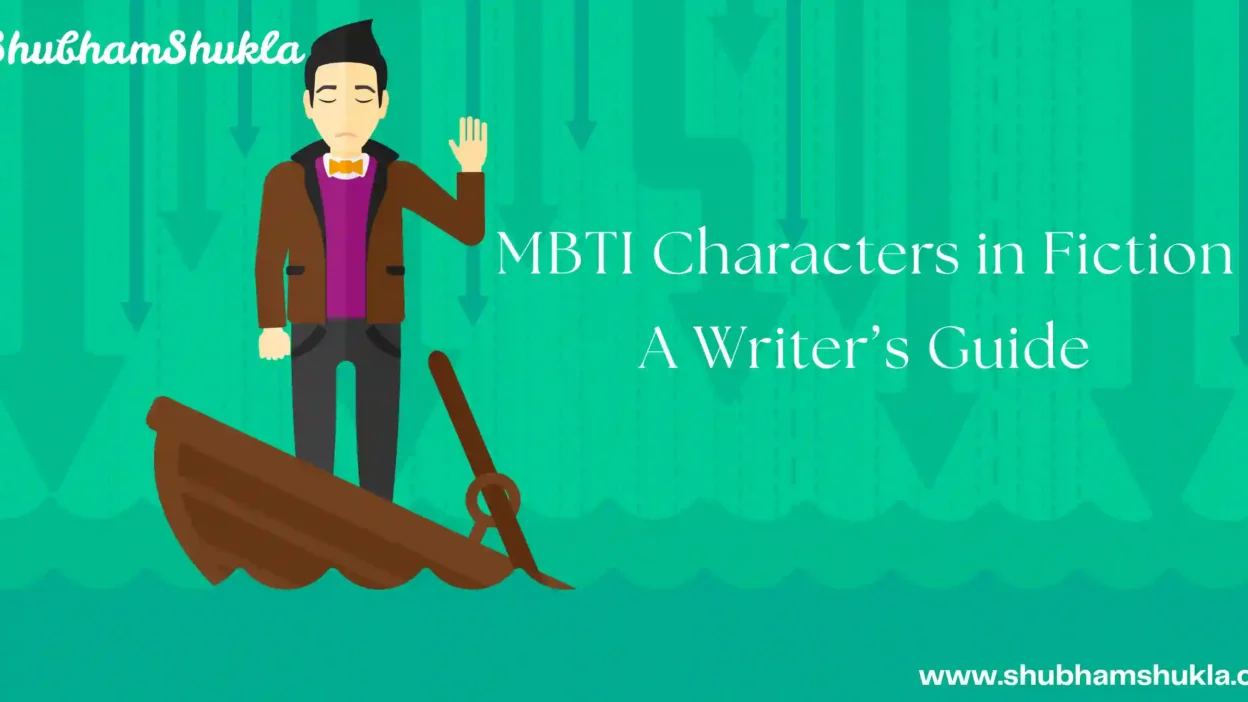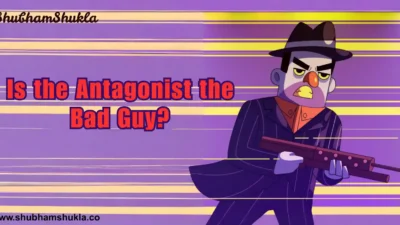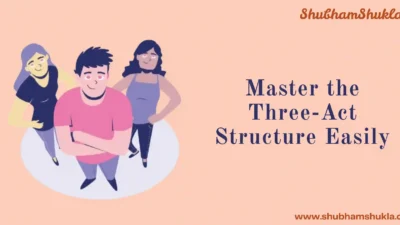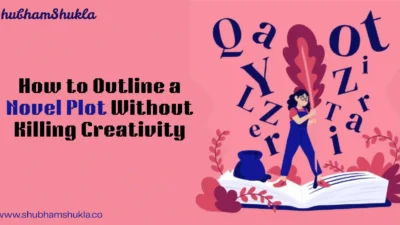Have you ever had a moment while reading when a character just clicked with you? Maybe it was their quiet intensity, their chaotic brilliance, or the way they always had the perfect comeback. That connection usually isn’t random it’s often rooted in personality. And for writers and readers alike, MBTI characters can be a fun, insightful way to understand what makes those fictional folks tick.
If you’ve spent any time around writing communities or fandoms, you’ve probably heard people throw around terms like “INFJ villain” or “ESFP best friend energy.”
It’s all part of the MBTI (Myers-Briggs Type Indicator) magic. And while it’s not a strict science, it’s a powerful tool when you’re crafting characters—or just decoding your latest book obsession.
Let’s dive into what MBTI characters really are, how they can elevate your storytelling, and how to use them in your own writing (or reading life) without feeling like you’re filling out a boring psych form.
- What Are MBTI Characters, Anyway?
- Why Writers Love MBTI Characters
- How to Build MBTI Characters in Your Own Writing
- Mixing and Matching MBTI Characters for Drama and Chemistry
- In My Own Experience, I Found That…
- MBTI Characters in Reading Life (It’s Not Just for Writers)
- MBTI Characters: Your Secret Weapon
- FAQ: MBTI Characters in Fiction
You may also like: Top 10 Chetan Bhagat Books – #6 Will Leave You Speechless!
What Are MBTI Characters, Anyway?
At its core, MBTI breaks personality into four letter-based preferences:
- Introversion (I) vs. Extraversion (E)
- Intuition (N) vs. Sensing (S)
- Thinking (T) vs. Feeling (F)
- Judging (J) vs. Perceiving (P)
Put them together, and you get 16 distinct personality types. Some famous MBTI characters include:
- INTJ: Light Yagami from Death Note – methodical, strategic, power-driven.
- ENFP: Anne Shirley from Anne of Green Gables – imaginative, emotional, whimsical.
- ISTJ: Hermione Granger from Harry Potter – loyal, organized, rule-abiding.
- ISFP: Frodo Baggins from The Lord of the Rings – quiet, sensitive, burdened by duty.
These types aren’t boxes—they’re starting points. And when used thoughtfully, they help authors create characters who feel alive on the page.
Why Writers Love MBTI Characters
One of the hardest parts of writing fiction is making your characters consistent without making them predictable. That’s where MBTI shines.
When you build a cast of MBTI characters, you’re giving each one their own internal compass. Their personality informs how they handle love, loss, power, friendship—even what they notice or ignore in a scene.
Need a natural skeptic? Look toward the INTP. Want someone who leads from the heart? ENFJ is your pal. Trying to pair two opposites for some spicy dialogue?
Boom—INTJ meets ESFP. Take Katniss Everdeen, for example. She’s often typed as an ISTP—logical, action-first, emotionally reserved. That explains why she struggles with vulnerability in The Hunger Games.
Meanwhile, Peeta, likely an ENFP, leads with emotion and optimism. Their tension? Built right into their types.
You may also like: Top 10 R. K. Narayana Books You Must Read Before You Die
How to Build MBTI Characters in Your Own Writing
Now, you don’t need to decide your character is an INFP before you even write Chapter One. But once you know them a little, MBTI can help you go deeper.
- Ask questions: How does your character react under stress? Do they plan or improvise? Are they driven by logic or feelings?
- Pick a type: Let the answers guide you toward one of the 16 MBTI types.
- Use it as a compass: Let their type shape their voice, decisions, relationships, and even dialogue rhythms.
A hot tip? Take a free MBTI test as if you were your character. It’s weirdly fun and surprisingly eye-opening.
Mixing and Matching MBTI Characters for Drama and Chemistry
Opposites attract. Or clash. Sometimes both.
When you’ve got a mix of MBTI characters in a story, you open the door to richer interactions. For example:
- INTJ + ENFP: Planner meets dreamer. Tension, banter, growth.
- ISTJ + INFP: Order collides with idealism. Conflict or mutual learning?
- ENTP + ISFJ: Chaos vs. calm. One’s pushing boundaries, the other’s trying to hold the line.
These combos practically write themselves. And if you’re ever stuck on a scene, just ask: How would this personality type respond—not just logically, but emotionally?
You may also read: Top 15 Aadvika Pommu Novels You’ll Instantly Obsess Over
In My Own Experience, I Found That…
…typing my characters mid-draft saved me from bland rewrites. I was working on a story where my protagonist felt flat. She had goals, a backstory, and even a love interest—but she didn’t breathe. I took a quick MBTI quiz with her. She turned out to be an ISTJ.
Suddenly, things made sense. Her reserved tone, her loyalty to a fault, her discomfort with spontaneity—it was all right there.
From that point on, I wrote with her “type” in mind. Her dialogue sharpened. Her choices felt rooted. She stopped being a puppet and started being a person.
So if you’re stuck? Take a personality deep dive. You might uncover something magical.
MBTI Characters in Reading Life (It’s Not Just for Writers)
Even as a reader, knowing about MBTI characters makes things richer. You start noticing patterns—why you’re drawn to certain heroes, why certain villains make your skin crawl.
You might even type yourself and realize why you cried over a character no one else seemed to care about.
It becomes a lens, not a label. And it can turn a simple re-read into a whole new journey.
MBTI Characters: Your Secret Weapon
MBTI characters aren’t just writing tools they’re personality blueprints that help you understand motivation, conflict, and connection. They don’t limit you—they give you depth.
And whether you’re writing a novel, analyzing a series, or just wondering why you love broody masterminds (hello, INTJs), MBTI might just be your new favorite creative lens.So go ahead—type your villain. Re-examine your protagonist.
Ask why your supporting cast keeps stealing the show. You might discover your story’s been trying to tell you something all along.
FAQ: MBTI Characters in Fiction
Q1: Are MBTI types just stereotypes in fiction?
Nope! When done well, MBTI characters offer depth, not clichés. It’s all about layering type with backstory and growth.
Q2: Can a character change MBTI types over time?
While MBTI types are stable in theory, characters can grow, adapt, or even fake behaviors under stress. That’s great material for arcs!
Q3: Should every character have an MBTI type?
Not necessarily. Use it where it adds clarity or insight. Sometimes it’s more helpful for major players than side characters.
Q4: Where can I find good MBTI character references?
Fan forums, MBTI books, and even Pinterest are full of MBTI type charts for fictional characters. But trust your gut—what feels right usually is.



